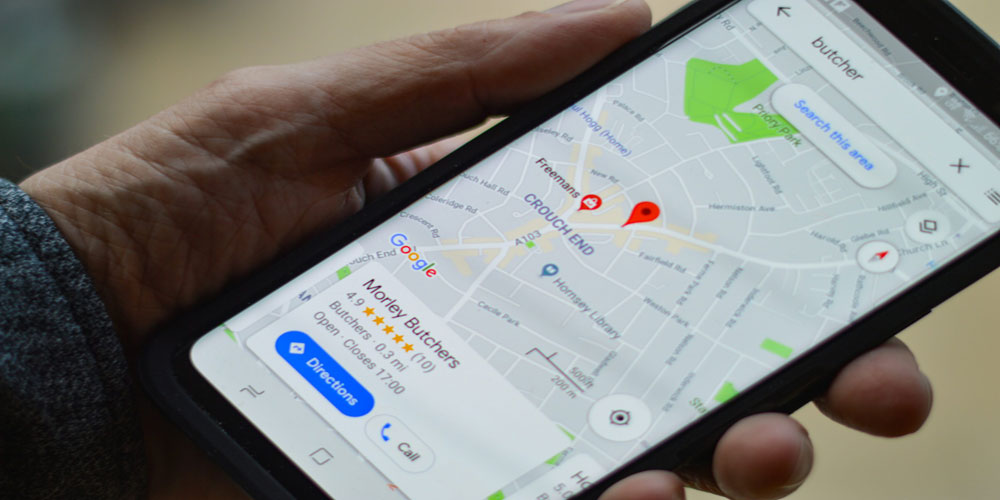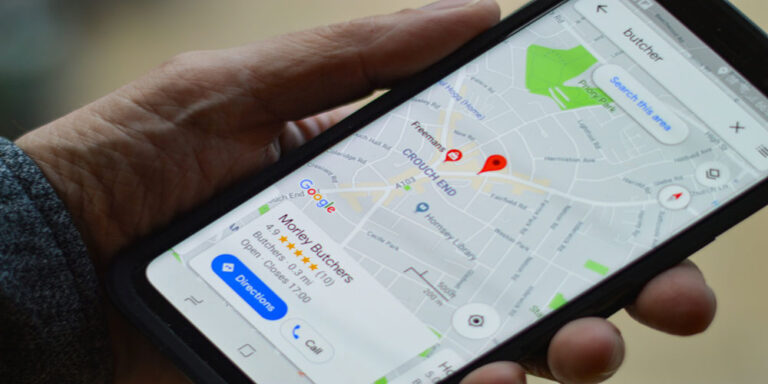
Google Maps Marketing: Local Business Success
If you’ve ever searched for a business near you—whether it’s a coffee shop, a dentist, or a mechanic—you’ve likely seen Google Maps in action. Those top three businesses in the map pack get most of the attention, clicks, and foot traffic. So, how can you ensure your business is one of them? That’s where Google Maps Marketing comes in.
Google Maps Marketing is the process of optimising your business’s online presence to rank prominently in Google Maps search results. It involves refining your Google Business Profile, implementing local SEO strategies, and managing your online reputation to attract customers who are actively searching for your services.
Let’s dive into why this marketing strategy is crucial, how Google ranks local businesses, and actionable steps to boost your visibility.
Why Google Maps Marketing is a Game-Changer
Local searches are on the rise, with more and more users relying on their smartphones to find businesses nearby. According to BrightLocal, 78% of people search for local businesses at least once a week, and a significant portion of these searches lead to a purchase within 24 hours.
Here’s why optimising for Google Maps should be a priority:
High conversion rates: Local searches often indicate purchase intent. If someone searches for “best pizza near me,” they’re likely ready to order right away.
Mobile dominance: With most searches happening on mobile devices, appearing in Google Maps means instant accessibility for on-the-go users.
Competitive advantage: Businesses that rank in the top three results (also known as the “local pack” or “map pack”) receive significantly more clicks than lower-ranked competitors.
The takeaway? If your business isn’t optimized for Google Maps, you’re missing out on valuable traffic and revenue.
How Google Determines Local Rankings
Google’s local ranking algorithm considers three primary factors:
1. Relevance
Does your business match what the user is searching for? This is determined by your Google Business Profile details, including category selection, services, and keywords in your description.
2. Distance
How close is your business to the searcher’s location? With the 2021 Vicinity Update, distance has become an even stronger ranking factor, making it harder for businesses to rank outside their immediate area.
3. Prominence
How well-known is your business, both online and offline? Google considers factors like reviews, ratings, backlinks, website authority, and overall brand recognition.
Understanding these ranking factors can help you take the right steps to improve your visibility.
Key Strategies for Google Maps Optimisation
1. Optimise Your Google Business Profile
Your Google Business Profile (GBP) is the foundation of your Google Maps presence. Here’s how to make the most of it:
Claim and verify your listing: If you haven’t already, claim your business on Google and complete the verification process.
Provide accurate information: Ensure your business name, address, and phone number (NAP) are correct and consistent across all platforms.
Choose the right categories: Select primary and secondary categories that best describe your business.
Write a compelling business description: Use relevant keywords naturally while explaining what makes your business unique.
Upload high-quality images: Businesses with photos get 42% more requests for directions and 35% more clicks to their websites.
Enable messaging and bookings: Make it easy for potential customers to contact or book with you directly through Google.
2. Focus on Local SEO
Local SEO enhances your chances of ranking in Google’s local search results. Key tactics include:
Consistent NAP information: Ensure your business name, address, and phone number are the same across all directories and social media platforms.
Build local citations: Get listed in online directories like Yelp, Bing Places, Apple Maps, and industry-specific platforms.
Optimize your website: Include local keywords in your website content, meta descriptions, and title tags.
Create location-specific content: Write blog posts or landing pages that target local search intent (e.g., “Best Coffee Shops in New York”).
3. Encourage and Manage Reviews
Google reviews play a massive role in local rankings and customer trust. Here’s how to maximize their impact:
Ask for reviews: Encourage satisfied customers to leave positive reviews on your Google Business Profile.
Respond to all reviews: Engage with both positive and negative feedback to show you care about customer experience.
Maintain high ratings: Businesses with higher ratings tend to rank better in Google Maps.
4. Leverage Google Posts and Updates
Google allows businesses to post updates, offers, and events directly to their Google Business Profile. Use this feature to:
Announce promotions and special deals
Share news and upcoming events
Highlight new products or services
Regular updates signal to Google that your business is active and engaged, which can positively impact rankings.
5. Track Your Performance
To measure your success and refine your strategy, monitor your Google Maps insights:
Search queries: See what keywords customers use to find your business.
Customer actions: Track how many people called, requested directions, or visited your website.
Review trends: Keep an eye on customer feedback and overall rating changes.
Use this data to continuously improve your Google Maps Marketing strategy.
Final Thoughts
Google Maps Marketing isn’t just an optional strategy—it’s a necessity for any local business looking to attract more customers. By optimizing your Google Business Profile, improving your local SEO, and actively managing reviews, you can increase your chances of appearing in the top three results and driving more traffic to your business.
Key Takeaways:
✅ Claim, verify, and optimize your Google Business Profile.
✅ Keep your NAP information consistent across all platforms.
✅ Focus on earning and managing Google reviews.
✅ Use Google Posts to keep your profile fresh and engaging.
✅ Track performance and adjust your strategy accordingly.
By implementing these steps, you’ll improve your local rankings, attract more customers, and ultimately grow your business. Ready to get started? Take control of your Google Maps presence today!






